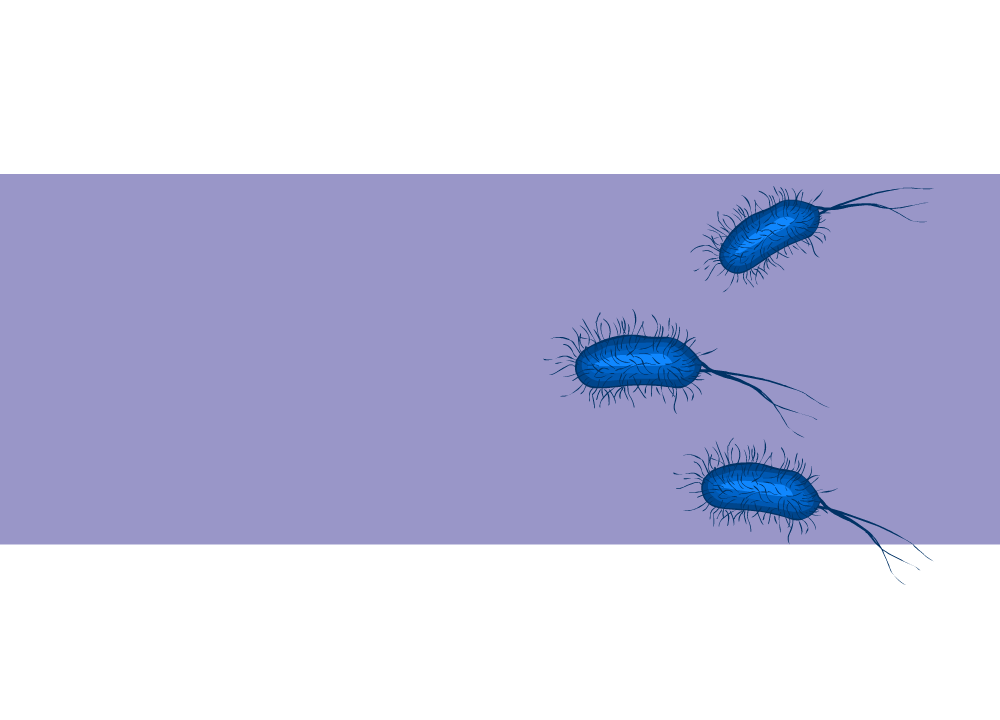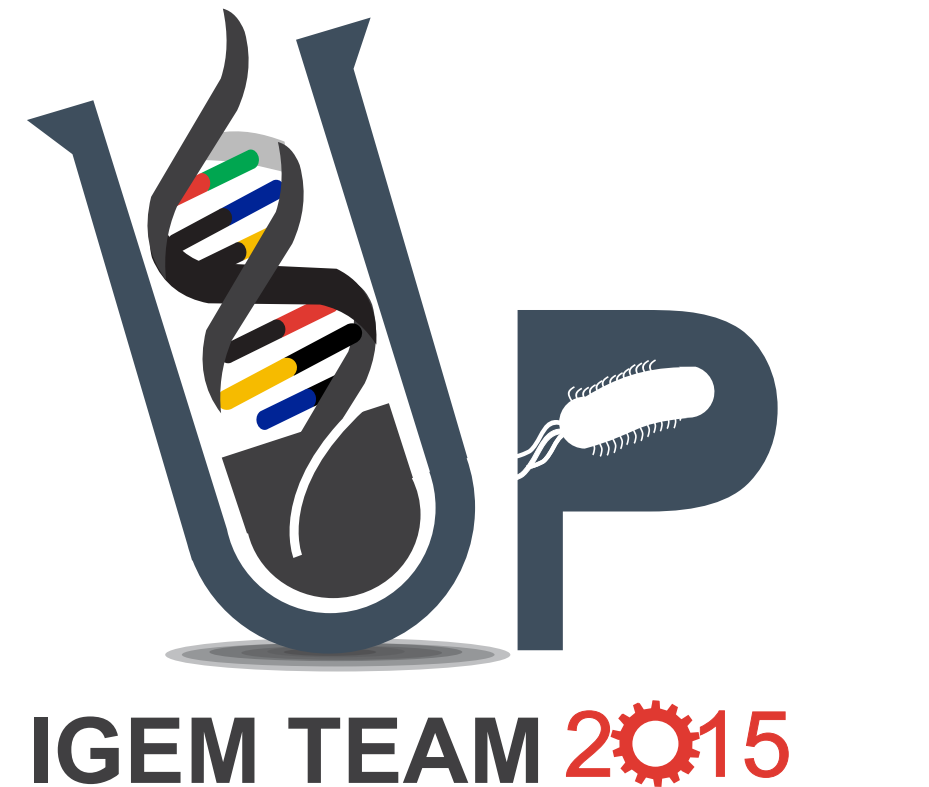Difference between revisions of "Team:Pretoria UP"
| Line 95: | Line 95: | ||
<p> | <p> | ||
| − | + | The Pretoria UP iGEM team of 2015 have proposed a designed for intelligent motile bacteria based on a combination of DNA modules that confer different functions. The synchronous behaviour of the bacteria will be achieved through a quorum sensing module allowing the population to behave as a swarm instead of disparate units. A conditional response to an environmental signal is conferred through a post transcriptional control technique known as riboswitching, thus the bacterial swarm may recognise and respond to theophylline in an environment. Since the system makes use of several modular component, an AND gate is required to process the various signals which in turn would trigger a irreversible change in the bacterial chemotaxis. The irreversible change in behaviours is programmed by a DNA recombination switch which inverts the directionality of a promoter through the Cre-loxP pathway. We invite you to explore the various aspects of the on this site. | |
</p> | </p> | ||
Revision as of 10:47, 17 September 2015

Project Description
The Pretoria UP iGEM team of 2015 have proposed a designed for intelligent motile bacteria based on a combination of DNA modules that confer different functions. The synchronous behaviour of the bacteria will be achieved through a quorum sensing module allowing the population to behave as a swarm instead of disparate units. A conditional response to an environmental signal is conferred through a post transcriptional control technique known as riboswitching, thus the bacterial swarm may recognise and respond to theophylline in an environment. Since the system makes use of several modular component, an AND gate is required to process the various signals which in turn would trigger a irreversible change in the bacterial chemotaxis. The irreversible change in behaviours is programmed by a DNA recombination switch which inverts the directionality of a promoter through the Cre-loxP pathway. We invite you to explore the various aspects of the on this site.



